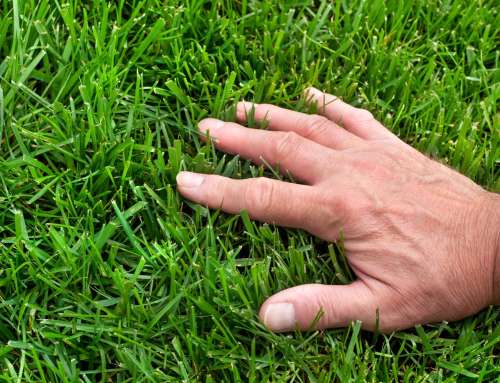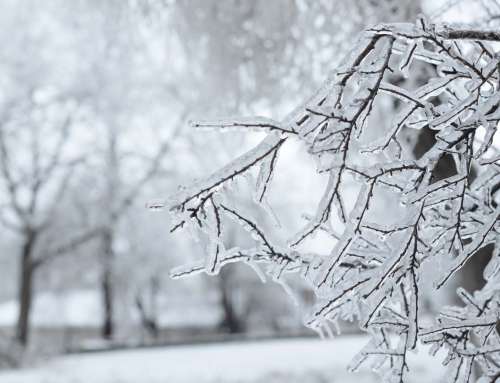When it comes to pruning, many believe this is something you do when plants are in full bloom or when you are also concentrating on landscaping and gardening; the opposite is true for deciduous trees and shrubs. Pruning should be done during the plant dormant (“relaxed”) period between December and March. Late-winter pruning promotes a faster regrowth period during the spring and yields several benefits.
Why Is Winter The Best Time To Prune Trees?
Winter offers better disease protection, reducing the likelihood of Oak Wilt, Dutch Elm Disease, and Fire Blight. Pruning involves the removal of limbs which creates open wounds that take time to heal. These cuts are susceptible to pests and microbes.
Tree diseases are typically caused or spread by bacteria, fungi, parasites, and insects. These disease agents are usually dead or dormant during winter months; therefore, winter pruning minimizes the risk of spreading disease. Winter tree pruning should stop when temperatures reach 50 degrees.
Winter is the best time to evaluate the structure of the tree or shrub to prune and retain its structural integrity. Pruning is about making the right cuts in the right places to improve your trees’ shape, health, and safety. When leaves have dropped during the dormant period, it is easier to detect vulnerable areas, such as broken, cracked, hanging, and competing limbs. Detecting diseased areas more easily makes your pruning efforts more efficient by mitigating risk and promoting a healthier tree.
Winter provides more time for wounds to heal. A healthy tree can heal the scars left by pruning over time. When the tree is dormant, winter pruning allows it to slowly recover, leaving more energy in the spring to focus on new growth.
Winter pruning is less stressful on trees. A tree’s normal reaction to pruning is to stimulate new growth and close the wound made by the pruning cut. When tree trimming is done during active growth periods, trees experience stress, which stimulates aggressive growth, not allowing the new development to strengthen before temperatures drop. However, while the trees are dormant in winter, trees have the extra energy reserves available, allowing them to heal more rapidly. New growth will happen in spring when the tree has access to moisture, sunlight, and nutrients. Dormant pruning gives trees time to recover from cuts before warmer weather brings out destructive insects and pathogens.
Winter pruning improves safety during winter. Damaged, dead, or dying trees can be dangerous in winter, especially when storms bring high winds, ice, or heavy snow. Dormant pruning is done to remove any hazards before they can compromise the safety of your property and loved ones. It also rejuvenates weaker trees by removing dead and diseased wood.
The ideal times are to prune your various trees and shrubs:
- Prune evergreen shrubs (yew, holly, and boxwoods) and evergreen trees (spruce, fir) in late winter or early spring when they are still dormant and before new growth begins.
- Prune shade trees, such as oak, sweetgum, maple, katsura, and hornbeam in late winter or early spring.
- In winter and early spring, prune shrubs that form their flower buds on “new” wood (growth that will occur in the coming spring).
Tree care is a year-round responsibility, and not devoting time to this endeavor can lead to unsightly or dangerous consequences. The certified arborists at Artistic Tree and Landscape Creations help maximize your landscape and preserve the health of your trees. Call us now at 412-303-4443!




